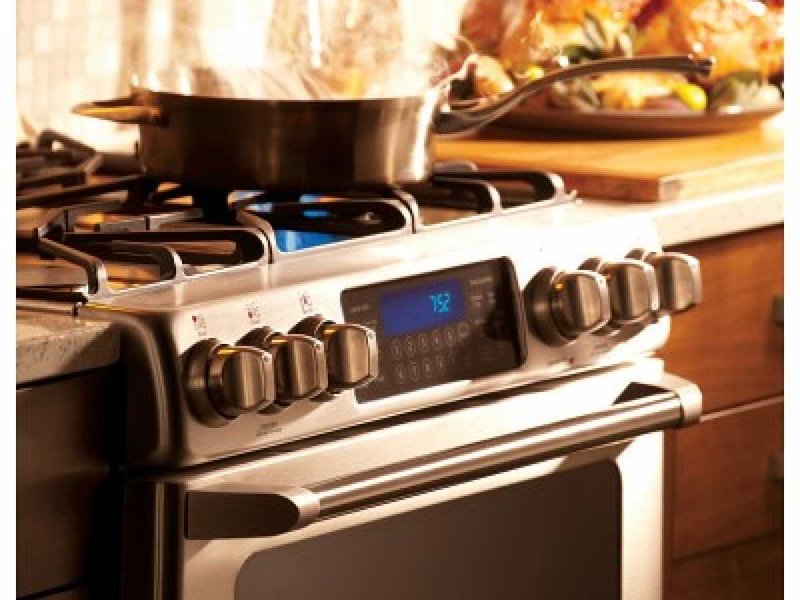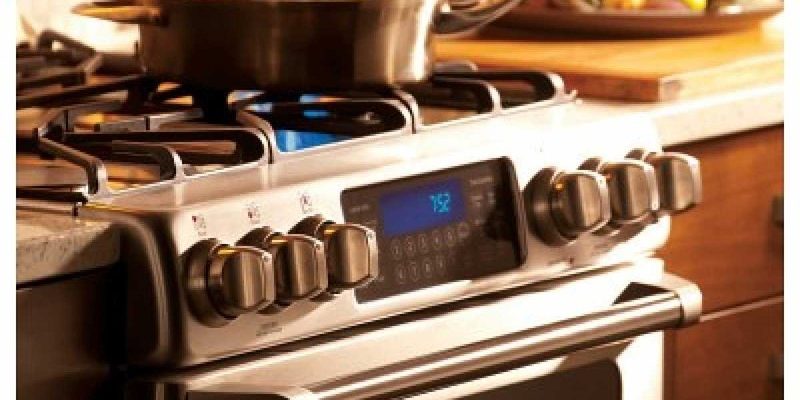
In simple terms, an “Error LE” on GE ovens and ranges indicates a problem with the unit’s locking mechanism, typically associated with the door lock circuit. It might sound technical, but think of it like having a door in your home that won’t latch properly. You wouldn’t just leave it as it is, right? The same goes for your oven. If left unchecked, this error could lead to more serious issues or even render your oven unusable.
Understanding Error LE
So, what exactly is “Error LE”? Well, here’s the deal: it usually refers to a failure in the locking mechanism, which is crucial when the oven enters its self-cleaning mode. During this process, the temperatures soar to levels that are not safe for you to open the door. Therefore, a secure lock is in place to prevent any accidents. If this system malfunctions, the oven might either not lock properly or refuse to acknowledge that it’s locked, thus halting the self-cleaning cycle.
You might be wondering why this tiny lock issue is such a big deal. Compare it to having a car whose brakes are malfunctioning. You know the potential risks involved. Similarly, if the locking mechanism isn’t working right, you could accidentally open the oven door mid-cycle, and that’s not only inconvenient but potentially hazardous. Additionally, if the oven doesn’t think it’s locked when it actually is, you might be unable to use other functions until it’s fixed.
Here’s the takeaway: ignoring this error doesn’t just leave your oven’s self-cleaning feature unusable; it can also lead to further operational issues. The next step is to understand the root causes that might trigger this error.
Common Causes of Error LE
There could be several culprits behind the notorious “Error LE”. One common cause is electrical or wiring issues within the oven. Imagine the wiring as the nerves in your body. Any damage or disruption can affect the entire system. If the wiring associated with the door lock mechanism is faulty or loose, it can lead to erroneous signals being sent to the control board, triggering the error.
Another potential cause might be the door lock motor or switch itself. Over time, components wear out due to frequent usage or exposure to high heat, much like how our shoes wear out from constant walking and exposure to the weather. If the motor or switch is not functioning properly due to wear and tear, it may not lock the door as intended, leading to the error message.
Sometimes, the problem could also stem from the oven’s control board. Consider it the brain of your oven. If there’s a glitch or malfunction, the control board might misinterpret signals or fail to communicate correctly with the locking mechanism. All these issues underscore the importance of timely diagnosis and repair.
If you notice the error, addressing these potential causes can save you from more significant headaches down the road. But what’s at stake if you ignore this error altogether?
Potential Consequences of Ignoring the Error
Ignoring the “Error LE” might be tempting, especially if you’re not using the self-cleaning feature frequently. However, this could be akin to ignoring a check engine light on your car. The consequences range from minor inconveniences to serious safety hazards.
An immediate result of neglecting the error is decreased functionality. The oven may lock itself out of certain modes, like self-cleaning, to prevent damage or safety hazards. This means you lose out on features that you paid for, not to mention the convenience they bring.
More critically, persistent error conditions can lead to more extensive damage. Over time, unresolved issues with electrical components or wiring could escalate, potentially affecting other parts of the appliance. This could result in costly repairs, or worse, the need to replace the entire oven—
imagine an ever-increasing ripple effect from a single stone thrown into a pond.
Furthermore, malfunctioning locks during high-temperature cycles pose a genuine risk. It could lead to accidental burns or trigger other safety mechanisms that might shut down the oven entirely. Thus, addressing the problem promptly ensures safety for you and your family.
Steps to Resolve Error LE
If the thought of tackling this error seems daunting, don’t worry! Let’s break it down step-by-step. First, always refer to your GE oven’s manual. It’s like having a map when venturing into unknown territory. The manual often provides troubleshooting tips specific to your model.
Next, consider checking the wiring. While you’re not expected to be an electrical engineer, ensuring that visible connections are secure and undamaged can sometimes resolve the issue. If you’re comfortable, you can carefully inspect the wiring leading to the lock mechanism. If anything seems amiss, it might be best to contact a professional technician.
Finally, if the error persists despite these efforts, it might be time to consult the warranty or reach out to GE’s customer service for further support. They might offer solutions or arrange for a technician to diagnose the problem more thoroughly.
Taking action not only helps in resolving the error but ensures that your oven or range operates at its best. As a homeowner, having a smoothly functioning kitchen appliance is like having a reliable partner that complements your culinary endeavors.
Preventive Tips to Avoid Future Errors
After resolving the “Error LE,” you might wonder how to prevent it from occurring again. Here are some friendly tips to keep your GE oven in tip-top shape.
Regular maintenance is your best friend. Much like a car needs regular oil changes, your oven benefits from occasional check-ups. This includes cleaning it properly after use and avoiding spills during cooking, as they can damage internal components over time.
Avoid slamming the oven door shut. It’s easy to do when you’re in a hurry, but gentle handling can prolong the life of the door lock mechanism. Just like you’d handle fragile items with care, treat your oven with the same attentiveness.
Finally, using the self-clean function sparingly can mitigate wear and tear on the lock mechanism. While it’s a handy feature, overreliance might hasten the wear on high-temperature components. Instead, opt for manual cleaning methods when possible.
By incorporating these tips into your kitchen routine, you’re ensuring a longer life for your GE oven, fewer interruptions to your cooking plans, and peace of mind. After all, a well-maintained appliance can turn kitchen time from a chore into a joy.
